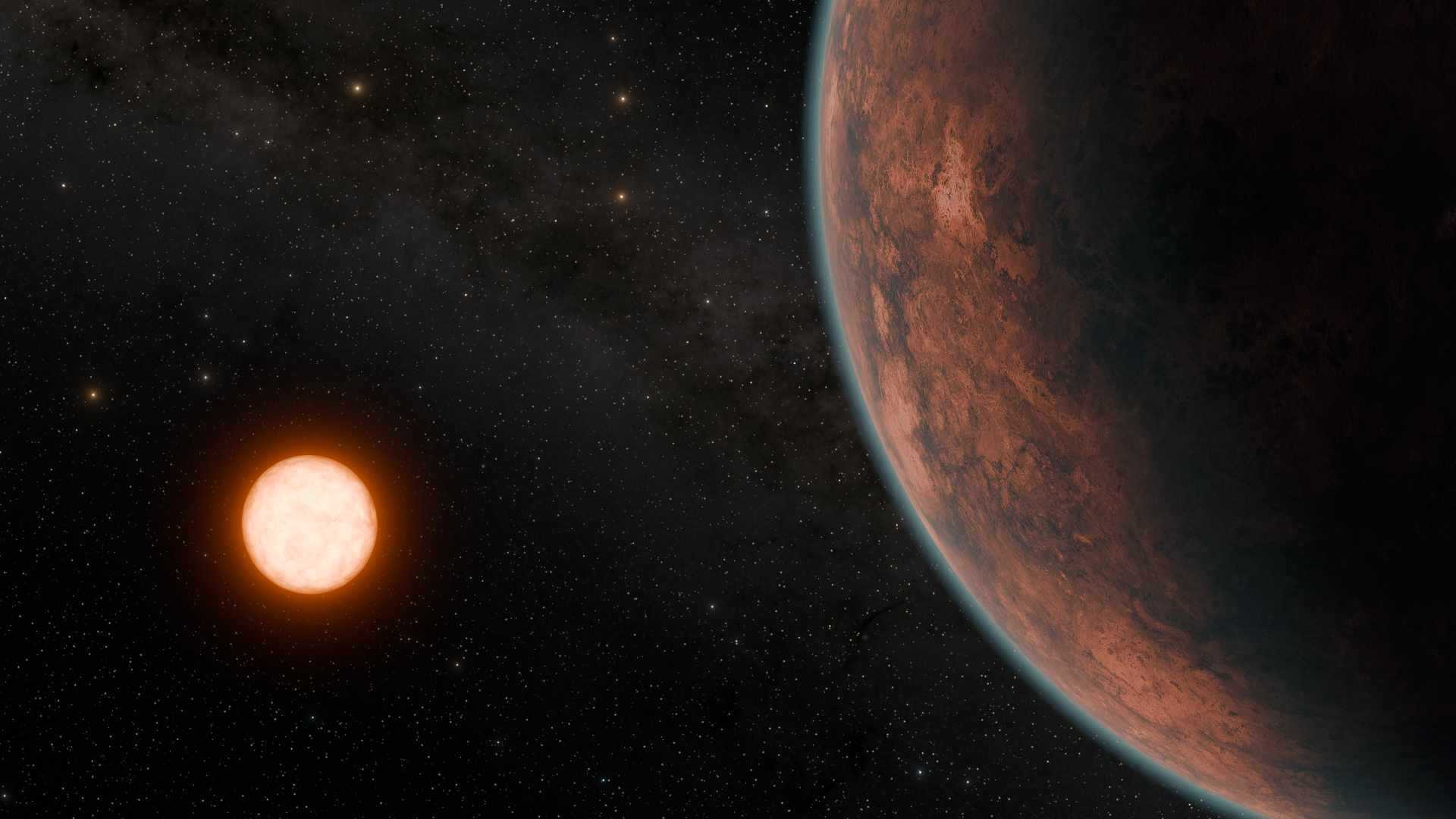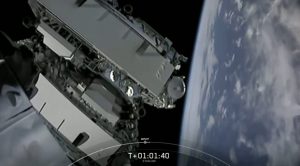A New Earth-like Planet Discovered in the Constellation Pisces
28th May 2024
Astronomers have identified a new planet in the Pisces constellation, 40 light-years away, strikingly similar in size and climate to Earth and Venus.
NASA’s Transiting Exoplanet Survey Satellite (TESS) and a broad international collaboration involving more than a dozen universities and research institutes worldwide made this significant discovery possible.
NASA’s TESS found a potentially habitable exoplanet the size of Venus
TESS, launched in April 2018 under NASA’s Astrophysics Explorer mission, specializes in detecting exoplanets—worlds beyond our solar system. The space telescope also monitors a variety of brightness-changing celestial objects, from nearby asteroids to distant supernovae. Researchers used transmission spectroscopy to pinpoint the new planet.
This newly discovered world boasts a surface temperature of approximately 42 degrees Celsius (107 degrees Fahrenheit). It receives 1.6 times the solar energy that Earth gets, and about 85% of what Venus experiences. The planet orbits its parent star, Gliese 12 b, at only 7% of the Earth-Sun distance. Gliese 12 b is a cold red dwarf, nearly three times smaller than our Sun, with a surface temperature about 60% of that of the Sun.
The discovery underscores the potential for red dwarfs to host Earth-like planets. Their lower luminosity means habitable zones, where liquid water could exist, are much closer to the star. This finding is a crucial step in exploring the habitability of planets within our galaxy.
Future research, particularly with NASA’s James Webb Space Telescope, promises to deepen our understanding.
This advanced optical instrument will enable scientists to study the atmospheres of these exoplanets in more detail, opening up new possibilities for finding life on them.






Thank you for your comment! It will be visible on the site after moderation.